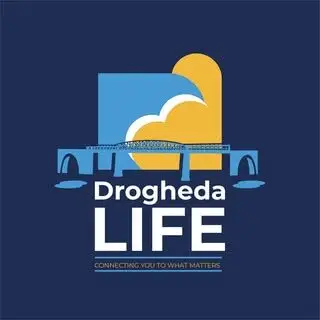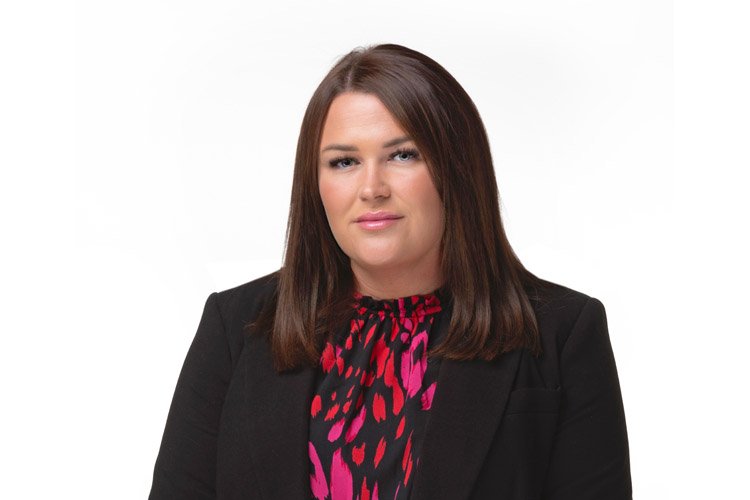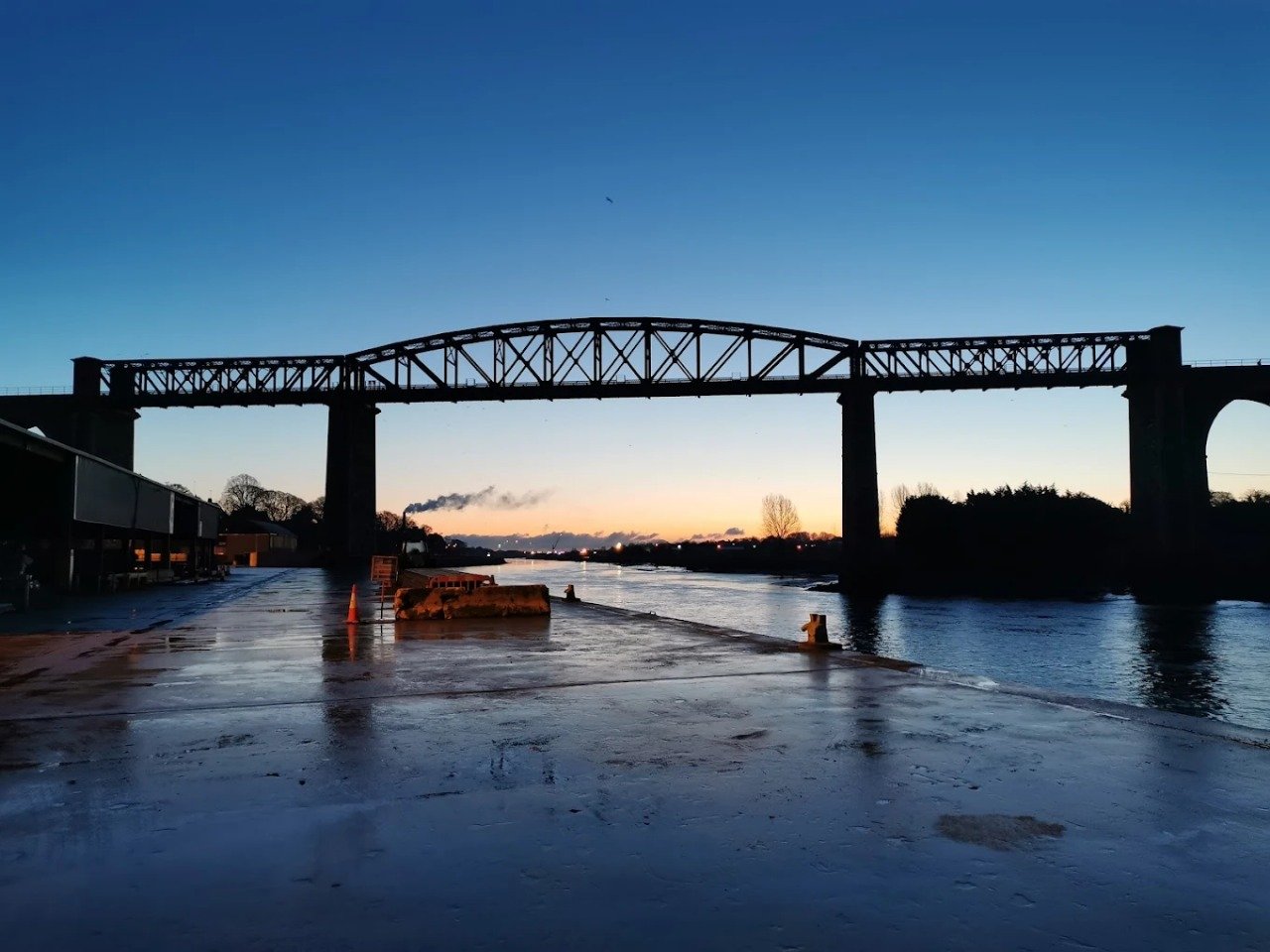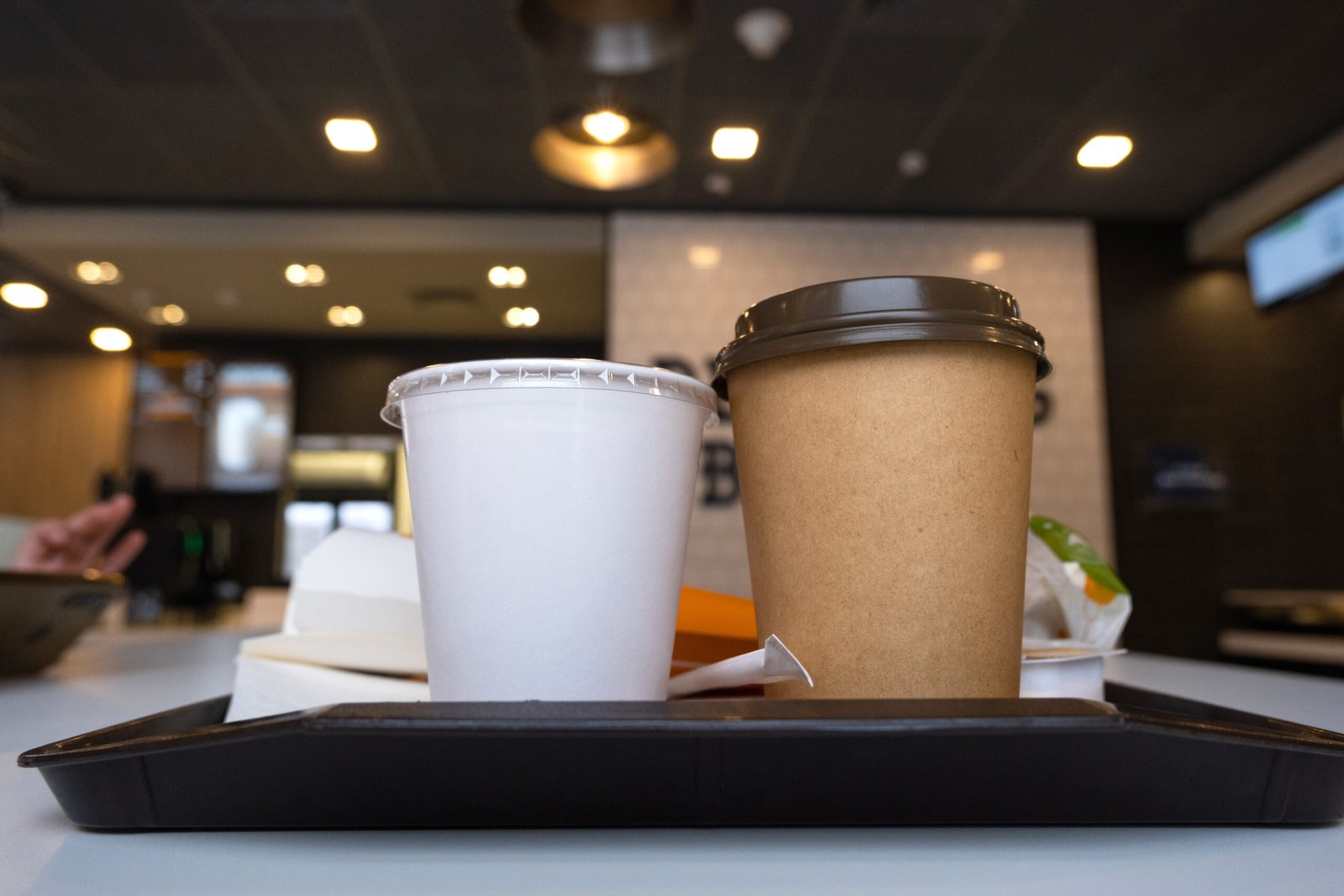Drogheda Tidy Towns has been awarded a €25,000 grant to restore the town’s historical boundary stones.
Of the original 13 erected in 1896 to mark the restored town boundary, nine are known to have survived.
They were originally erected by the then Drogheda Corporation to mark expanded areas such as Mell, Ballsgrove, Beamore, Rathmullen and Newfoundwell.
The money for the innovative restoration project is coming from the Heritage Council of Ireland.
A handful of the stones are still recognisable but most have been worn down and overrun by vegetation.
Each stone stands approximately 43 inches tall, 18 inches wide and 7 inches thick with a pointed top and engraved inscriptions bearing the year, the Mayor’s name at the time, plus symbols of the municipal authority.
The idea to restore the stones and apply for the grant came from a member of Drogheda Tidy Towns Alan Lynch, a great grandson of Mayor Peter Lynch who presided over the town boundary expansion in 1896 and 1897.
Alan dedicated a huge amount of time studying historical records and ordnance survey maps, civil archives to locate and catalogue the surviving stones.
Drogheda Tidy Towns will host a public information evening about the boundary stones at Louth Local Development Office in the Haymarket, John Street, Drogheda on Thursday, August 21st at 7pm as part of national Heritage Week.
The event will reveal more detail about the historical significance of each stone, and their role as boundary markers in the development of the town. The evening is free and all are welcome.
Alan Lynch said: “I am pleased that my research has contributed to the development of a conservation programme for these historic stones. As the great grandson of Mayor Peter Lynch, this project holds personal meaning for me, and I am glad to see these important markers being preserved.”
The chairperson of Drogheda Tidy Towns Gerry Leydon said:”This funding allows us to safeguard an important piece of Drogheda’s past. The upcoming information evening is a great opportunity for the community to learn more about these remarkable markers and to see how we plan to ensure they endure for future generations.”





